Published on Mr & Mrs Smith, January 2018
I realise that Mr Smith and I aren’t quite as adventurous as everyone else visiting Explora when, after the long, dusty road from the airport, we want to get acquainted with the barman before the mountain guide.
‘Of course,’ smiles the manager who greets us on arrival, ‘but head to the Explorer’s room soon to book your activities for tomorrow.’
There’s no rest for the wicked at Explora Atacama but, looking out over a barren landscape of extinct volcanoes, salt and dust, we turn to each other – now peering over the cool ice of our G&Ts – raise an eyebrow, and ask: ‘What exactly is there to do in a desert for four days?’
Lots, as it turns out. This might be the driest desert in the world, but it is home to some of the most diverse flora in Chile, one of the largest and most unique geyser fields in the world, and the highest volcanoes on the planet (some of which are also very active), explains our mountain guide scribbling over a map he has covered in felt tip dashes and crosses. It looks like he has marked out a treasure map, several in fact. Mr Smith and I are overwhelmed at the different activities on offer: ascents, descents, mountains, canyons, bike rides, horses… ‘So what do you want to do this afternoon?’
The only thing we knew for certain before arrival is that we wanted to see El Tatio – the moon-like field of steam-spitting geysers and billowing tunnels of volcanic vapour, which is notoriously one of San Pedro de Atacama’s ‘must-sees’. That, however, takes a couple days of acclimatisation, explains our guide, demonstrating with another squiggly felt-tip line that El Tatio is almost 2,000 metres higher than we are now. ‘How about starting tomorrow with a visit to the Puritama thermal baths?’
My G&T almost topples over in excitement. ‘That suits us perfectly,’ I smile. Perhaps this wasn’t so adventurous after all.
We feel a little worse for wear at our 8am meet up. Truthfully, Mr Smith and I are wine buffoons and when you get an open bar with a dozen wines from all over Chile, wine buffoonery prevails and your thoughtless logic says you have to try them all. The mountaineer-style pasta dishes should have been a clue for the next day ahead, but we decided to imbibe Maipo Cabernet Sauvignon instead. We skip breakfast ready to jump in the van and head up to the hot springs.
When the van drops us all off on the side of a dirt track, we realise we should have paid more attention the night before. This was a hike to the hot springs… We laughed it off, trying to look cool in front of the other adventurous types in our group. The other guests looked like they belonged to a glamorous outdoor-adventure Instagram account; we looked more like the Facebook page of a local darts team. I now notice that Mr Smith is wearing jeans.
‘Well, at least there’s a rescue van following us,’ smiled Mr Smile at our poster-boy mountain guide, José. ‘Not really… We’re heading into that ravine,” José replies, pointing at an orange cavern ahead. ‘The next road is three miles away.’
Mr Smith and I gulped. ‘Right, everyone ready?’ cajoled José. ‘Let’s go!’
We waved goodbye to our dignity, which drove away on four wheels up the dirt track to meet us three hours later. Within an hour we’d drunk our body weight in water, which José had been sportingly carrying on his back, and started to get an adrenaline buzz that only comes with exercise, altitude and heart-stopping views. Ahead lay Licancabur volcano, below lay a ravine with water cascading down, and all between lay century-old cacti coyly displaying their bright yellow flowers through a cage of filigree spines. We were climbing rocks, squeezing between pampas grass and hopping over rivers, all while climbing to a cool 3,470 metres altitude.
‘How are you doing?’ Mr Smith asked me. ‘Great!’ I beamed back. Maybe we were the adventurous types after all?
Nesting eagles, bulbous geological formations and animated conversations between the group accompanied the rest of our hike. Several pauses for water, energy-boosting chocolate and Atacama selfies, carried us through the three-mile walk up to the Puritama springs where a table laid out with drinks and nibbles awaited us, along with our own private thermal pool. It just so happens that the owner of Explora is also the owner of this expansive nature reserve. And while the springs are open for everyone to visit (with a small fee on the ‘door’), he saves the best for Explora guests: the warmest and largest spring, where a private space of changing facilities, sun loungers and chilled Sauvignon Blanc awaited. The walk might have been adventurous, but the destination was luxurious.
This turned out to be the theme for the rest of our stay. Explora prides itself in pushing you outside your limits. That afternoon, we visited the salt flats with its pink flamingos, trekked and slid over the sand dunes above Moon Valley and caught sunset over Death Valley.
The next day we woke up at 6am in order to reach the geysers, were dizzy at the sight and altitude, and then came back in the afternoon to trot on horseback through the desert.
Each evening we collapsed with happy exhaustion and sat around with other travellers discussing our adventures at the bar, eyes fixated on the Andean horizon, in which you could find an infinitesimal number of pink, purple and orange hues. We would feel drunk on the dizzying skies each night as a herculean battle took place between our heavy eyelids and our inquisitive minds. The heavy eyelids always won eventually, usually before 11pm.
When we came to plan our last morning, before our afternoon flight, our mountain guide asked us what was our folly: the rainbow valley, the Altiplano lakes, or a bicycle ride to the salar. Mr Smith and I looked at each other with the same expression. ‘We might just take it easy, actually. Eat breakfast and enjoy the spa.’
Our mountain guide looked disappointed. Explora had brought out the adventurous side in us. But, honestly, how often do you get to drink an Aperol Spritz, with your toes tickled by cool water and a smoking volcano in the distance?
By Amanda Barnes for Mr & Mrs Smith
//platform.instagram.com/en_US/embeds.js

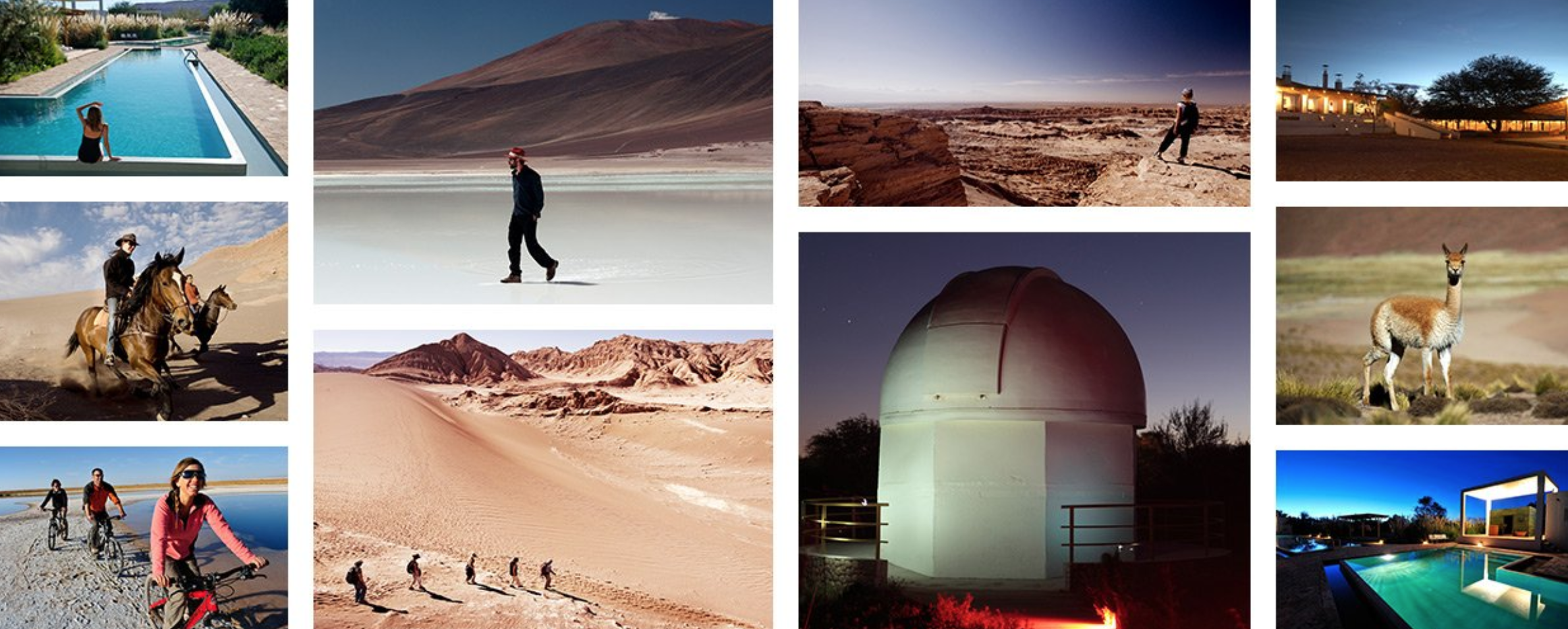











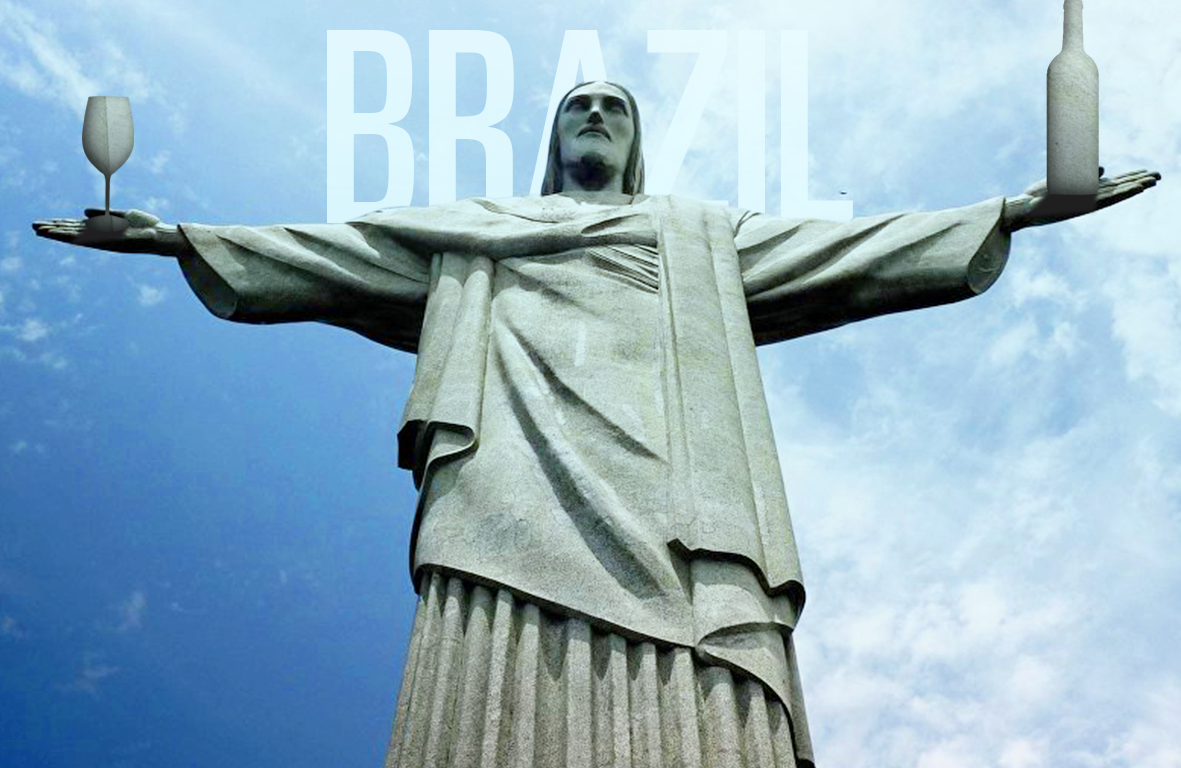

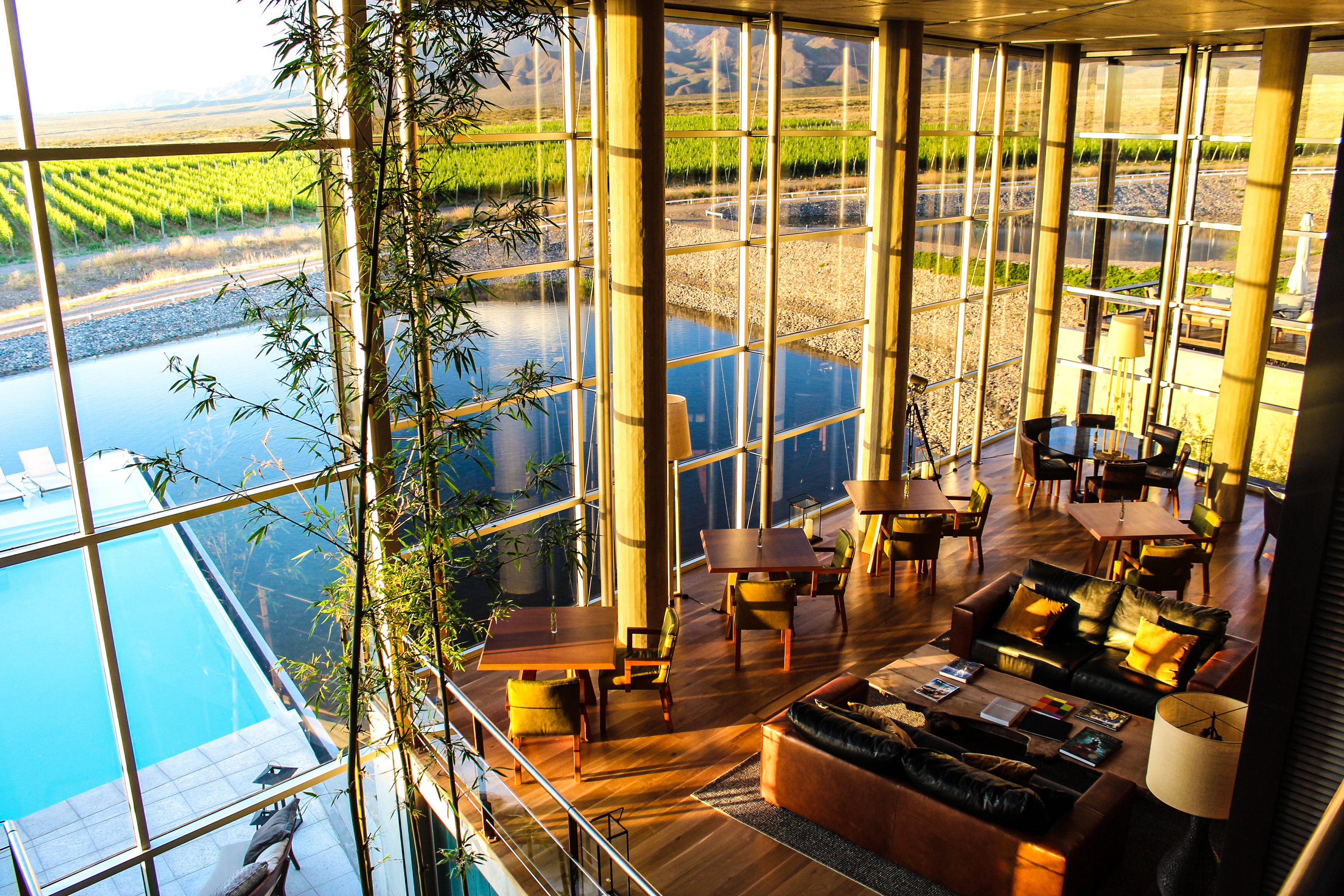 This combination of its stunning vineyard location and the modern comfort of the hotel is one of the reasons it took home Best Accommodation in the Great Wine Capitals Awards last year, but there are more…
This combination of its stunning vineyard location and the modern comfort of the hotel is one of the reasons it took home Best Accommodation in the Great Wine Capitals Awards last year, but there are more…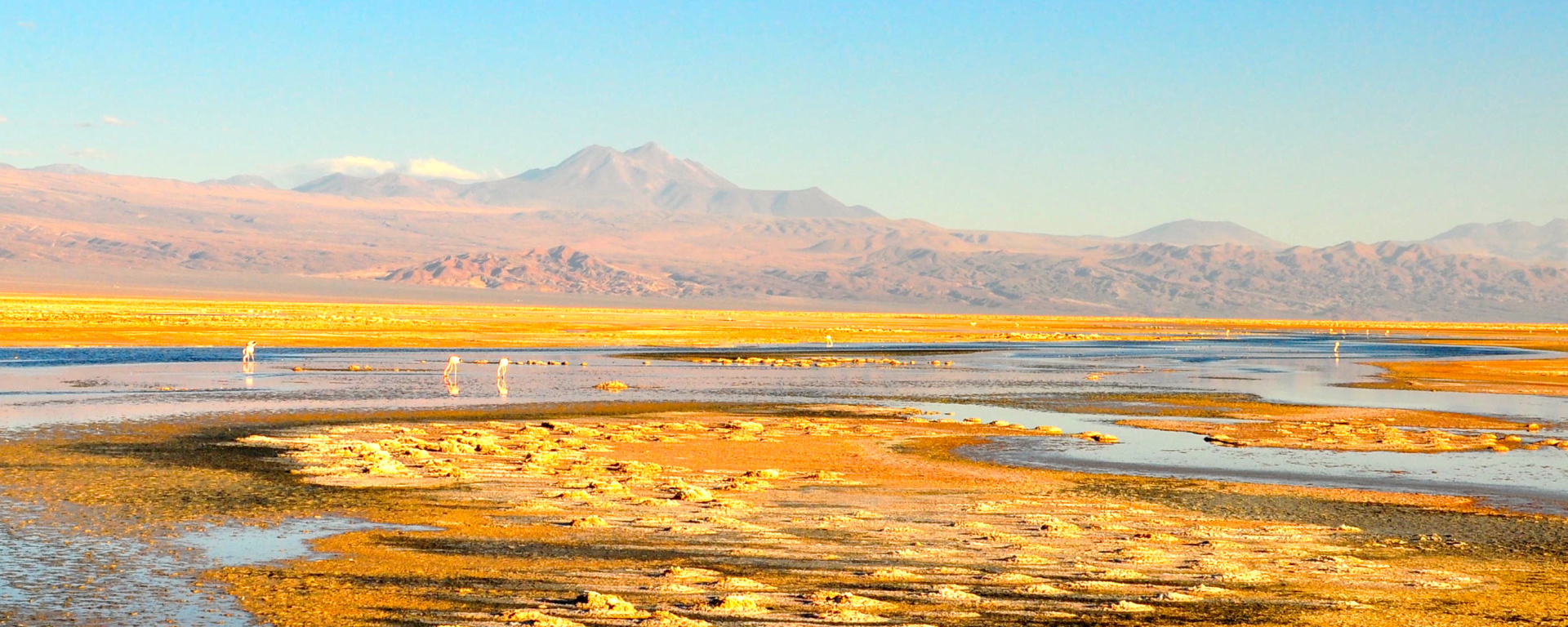
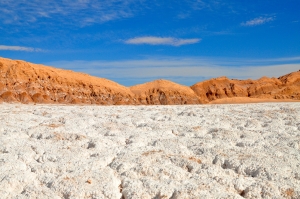
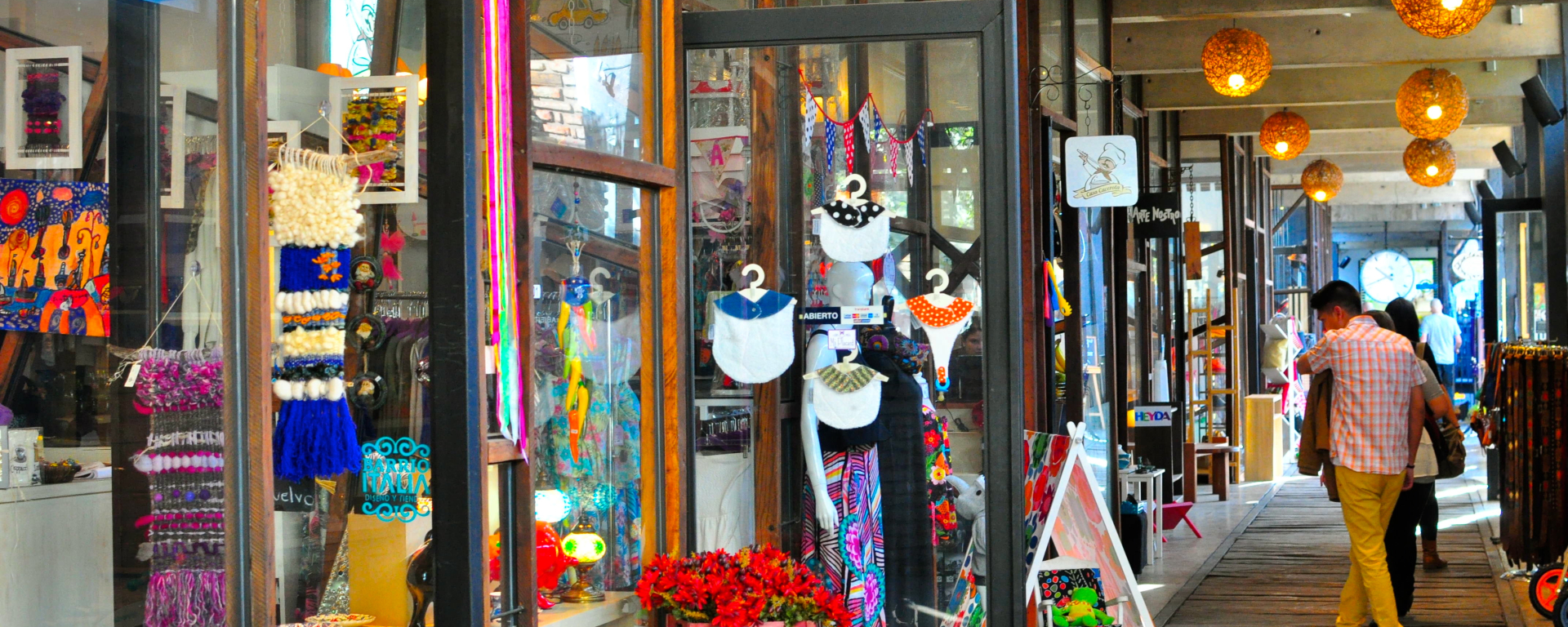


 While the day time temperatures and sunny climes make Casablanca a perfect holiday destination, the cooler nights mean you won’t lose any hours of sleep and can still rest nicely with a big blanket — which is good news for both people and grapes. The big difference in temperature from the sunny, skin ripening days compared to the crisp nights is what makes these wines so racy. And in the morning when you do finally wake from a perfect slumber, a fresh fog lays over the valley keeping the grapes cool and not awakening them too rudely either. The sun slowly appears through the fog, and then we are back to sunbathing. I understand why grapes do so well here: they can rest at night, and get some color during the day. And that is the secret to the success of cool climate wines … maintaining the cool acidity while developing their color, sugar and flavor profiles in the summery afternoons.
While the day time temperatures and sunny climes make Casablanca a perfect holiday destination, the cooler nights mean you won’t lose any hours of sleep and can still rest nicely with a big blanket — which is good news for both people and grapes. The big difference in temperature from the sunny, skin ripening days compared to the crisp nights is what makes these wines so racy. And in the morning when you do finally wake from a perfect slumber, a fresh fog lays over the valley keeping the grapes cool and not awakening them too rudely either. The sun slowly appears through the fog, and then we are back to sunbathing. I understand why grapes do so well here: they can rest at night, and get some color during the day. And that is the secret to the success of cool climate wines … maintaining the cool acidity while developing their color, sugar and flavor profiles in the summery afternoons.

